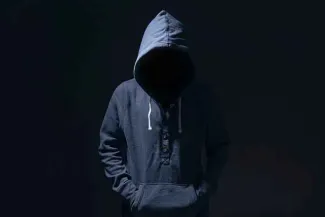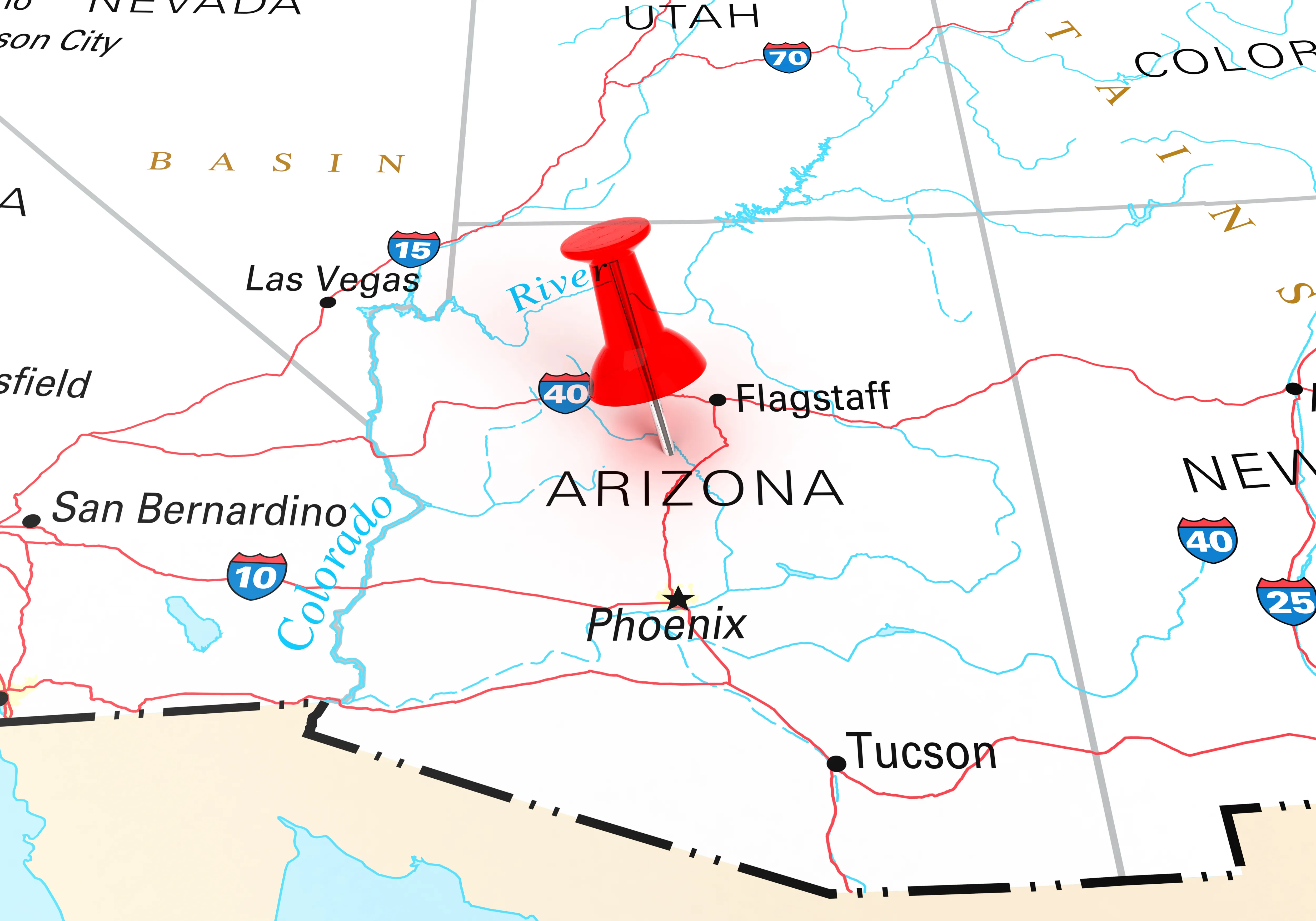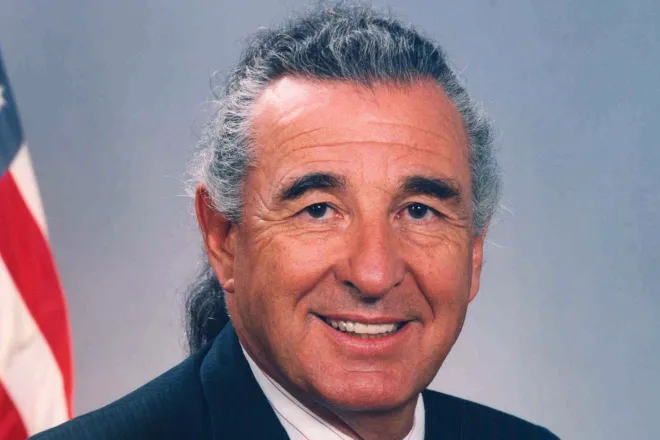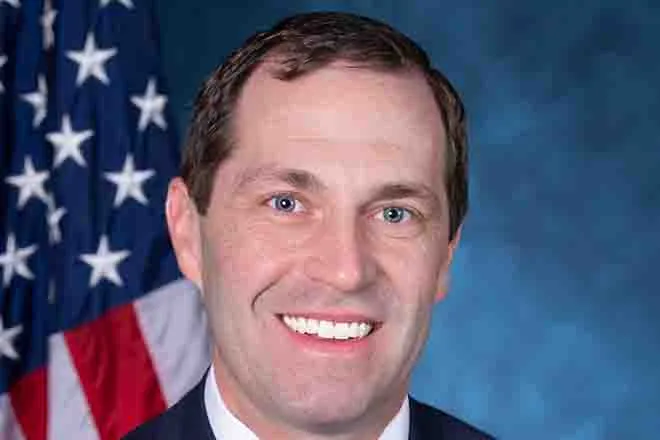
'Report, don’t repost': South Dakota school safety expert on increase in threats
Click play to listen to this article.
(Greater Dakota News Service) Following a Georgia high school shooting in early September, there's been a surge in school threats across the country.
In South Dakota, safety experts are teaching people to report threats - and teaching schools how to field them.
In mid-September, a threatening social media post caused the Meade School District to move into "secure" status.

© iStockbaramee2554
After it was proven to be noncredible, County Sheriff Pat West pointed out that social media shares "spread like wildfire," and make investigations much more difficult.
Brett Garland is director of the South Dakota School Safety Program, within the Office of Homeland Security. He advised people to - "report, don't repost."
"We would prefer that schools, parents, students, community members, immediately get in touch with their law enforcement agency if they receive information regarding a threat," said Garland. "Definitely we would prefer they not share those threats in any way."
An anonymous tip line for concerns in South Dakota, called "Safe2Say," is available online or by phone 24/7.
Threatening a school, school transit or other place of assembly is a Class 4 felony in South Dakota.
The School Safety Center offers behavioral threat assessment training, teaching school staff and educators to recognize potential flags for violent behavior.
Garland said more than 200 schools have already participated.
"This training that will help schools," said Garland, "hopefully interrupt somebody on that pathway to violence, before it gets to any sort of active attack."
He said school staff learn to develop a "multidisciplinary behavioral threat assessment team," to identify and evaluate threats before deciding on the right intervention.
But he added that there's no specific profile for someone who may be making threats.
















